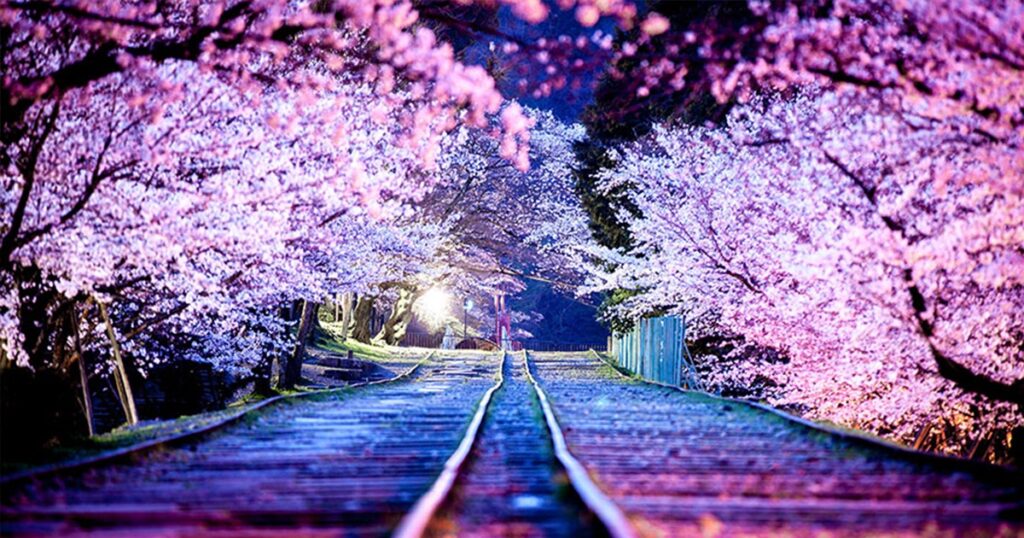
Pink is the hue of Barbie, bubblegum, and Valentine’s Day cards. The pink triangle and the pink breast cancer campaigns are two social movements and companies that have been linked to this hue. It has even been demonstrated to reduce anxiety, and it is utilized to create a calming atmosphere in institutional institutions like jails and hospitals.
Pink has been dubbed a scientific conundrum and isn’t even a “genuine” hue.
It does not occur in the visible spectrum and is not a wavelength or particle (rainbows do not contain it, for example). Pink does not truly exist, but our brains allow us to notice it because we believe it does. Trippy.
Think about these instances of pink occurring in nature as that mind-bending truth sinks in. These events are all the more striking due to the rarity of their color in the natural world as pink is not a color frequently associated with nature.
10 Pink Sand Beach, Bahamas

Pink Sand Beach, located on Harbour Island in the Bahamas, extends for three miles and like a scene from a technicolor fairytale. The beach and its guests are protected by a vast reef system that lies nearby, but it is also the source of the sand’s bubblegum color. The reef system also helps to keep the water calm.
A tiny single-celled creature with a brightly colored shell known as a foraminifera lives inside the reef coral. Because they eat on coral reefs, sea floors, under rocks, and in caves, these coral insects are vital to the health of the ocean ecosystem. But foraminifera also experience death, and like all living creatures, when they do, their vibrant bodies are trampled underfoot by waves and tossed up on shore. The Foraminifera, when combined with the sand and other pieces of coral, give Pink Sand Beach its distinctive hue.








